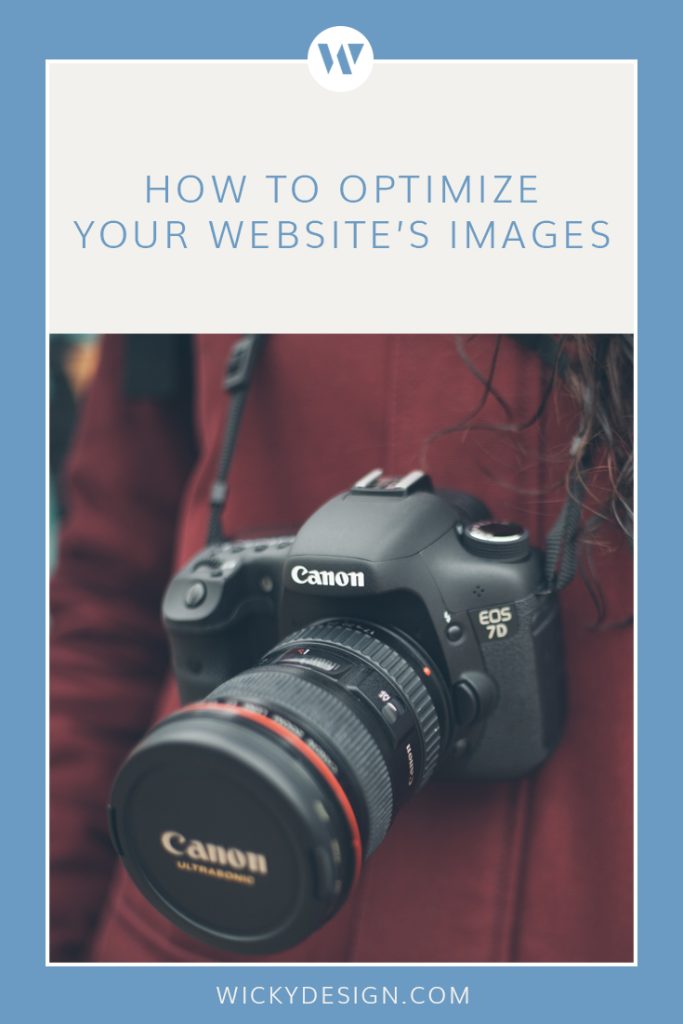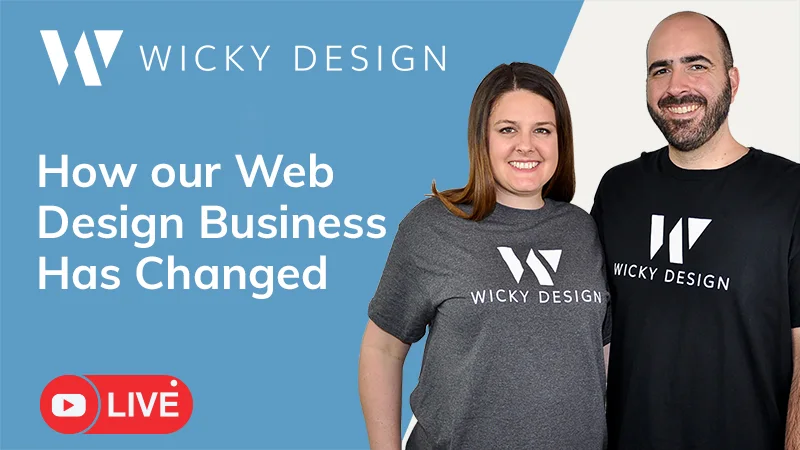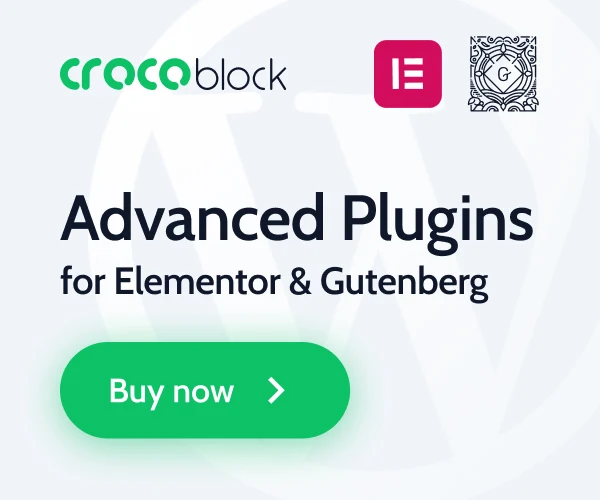Images play a huge factor in website design. High quality images definitely help with the “wow” factor, but it’s important to make sure those images are optimized for the web. Without optimized images, you run the risk of having a slow site that isn’t user friendly for your customers. Today we’re going over ways to optimize your websites images so you can keep your website load times down, while still having a beautiful design.

Don’t Upload Huge Files
The higher resolution cameras get, the bigger your image files will be. There’s no need to upload images at their full resolution, and reducing their size will greatly help with your load times. Consider where you’re placing the image and what it will be used for. If your image is going to be placed in a blog post, it may be best to make it the width of your content area. If it’s going to be used as a call to action button, you can probably make it smaller.
Save For Web
If you have Photoshop, the “Save for Web” feature is your friend. Save for web strips away any unnecessary meta data on your photo and allows you to play with image quality settings, which can greatly reduce the size of your image.
Use A Compression Service
Services like TinyJPG allow you to upload multiple images at once to be compressed. These services analyze your images and remove any distracting artifacts or metadata that could be increasing your image size. These tools are especially great for blog posts, which tend to be image heavy. If you’re using WordPress, TinyJPG is also available as a plugin.
Test!
This isn’t directly related to image compression, but we recommend doing a website speed test with a service like Pingdom to get recommendations on what can be improved upon. Pingdom will tell you the overall file size, load time and give you suggestions on how to improve speed, beyond just compressing images.
Even though internet connections are getting faster every day, image optimization is still important. There are a variety of image optimization techniques you can apply to help reduce file size and speed up your website’s load time. We hope this post helped explain why it’s important and gave you resources you can apply to your own website.




